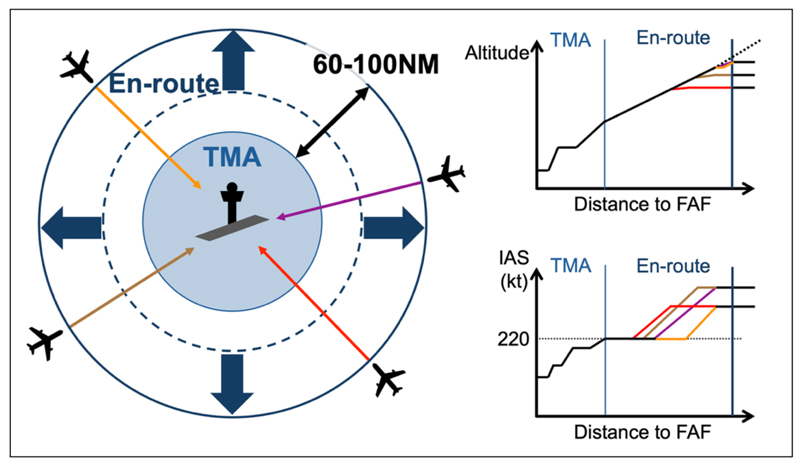2025-05-21 摂南大学

<関連情報>
- https://www.setsunan.ac.jp/news/detail/7495
- https://www.setsunan.ac.jp/upload/news/content/no2506.pdf
- https://journals.asm.org/doi/10.1128/mbio.04007-24
Aspergillus属菌からの遺伝子の水平伝播を伴ったHansfordia pulvinataの菌寄生性におけるデオキシフォメノンの適応進化 Adaptive evolution of sesquiterpene deoxyphomenone in mycoparasitism by Hansfordia pulvinata associated with horizontal gene transfer from Aspergillus species
Kazuya Maeda https://orcid.org/0000-0001-9858-0362, Takuya Sumita, Oumi Nishi, Hirotoshi Sushida, Yumiko Higashi, Hiroyuki Nakagawa, Tomoko Suzuki, Eishin Iwao, Much Zaenal Fanani, Yoshiaki Nishiya, Yuichiro Iida
mBio Published:20 March 2025
DOI:https://doi.org/10.1128/mbio.04007-24
ABSTRACT
Leaf mold caused by the ascomycete fungus Cladosporium fulvum is a devastating disease of tomato plants. The mycoparasitic fungus Hansfordia pulvinata is an effective biocontrol agent that parasitizes C. fulvum hyphae on leaves and secretes 13-deoxyphomenone, an eremophilane-type sesquiterpene, which was also identified as a sporulation-inducing factor in Aspergillus oryzae. Here, we identified deoxyphomenone biosynthesis (DPH) gene clusters conserved in both H. pulvinata and Aspergillus section Flavi, including A. oryzae and A. flavus. Functional disruption of DPH1 orthologous genes encoding sesquiterpene cyclase in H. pulvinata, A. oryzae, and its close relative A. flavus revealed that deoxyphomenone in H. pulvinata had exogenic antifungal activity against C. fulvum and controlled endogenic sporulation in Aspergillus species. Complete DPH clusters, highly similar to those in H. pulvinata, were exclusive to Aspergillus section Flavi, while species in other Aspergillus sections contained fragmented DPH clusters. A comparative genomics analysis revealed that these DPH gene clusters share a common origin and are horizontally transferred from an ancestor of Aspergillus to H. pulvinata. Our results suggest that after horizontal transfer, H. pulvinata maintained the DPH cluster as the inhibitory effect of deoxyphomenone on spore germination and mycelial growth contributed to its mycoparasitism on the host fungus C. fulvum.



